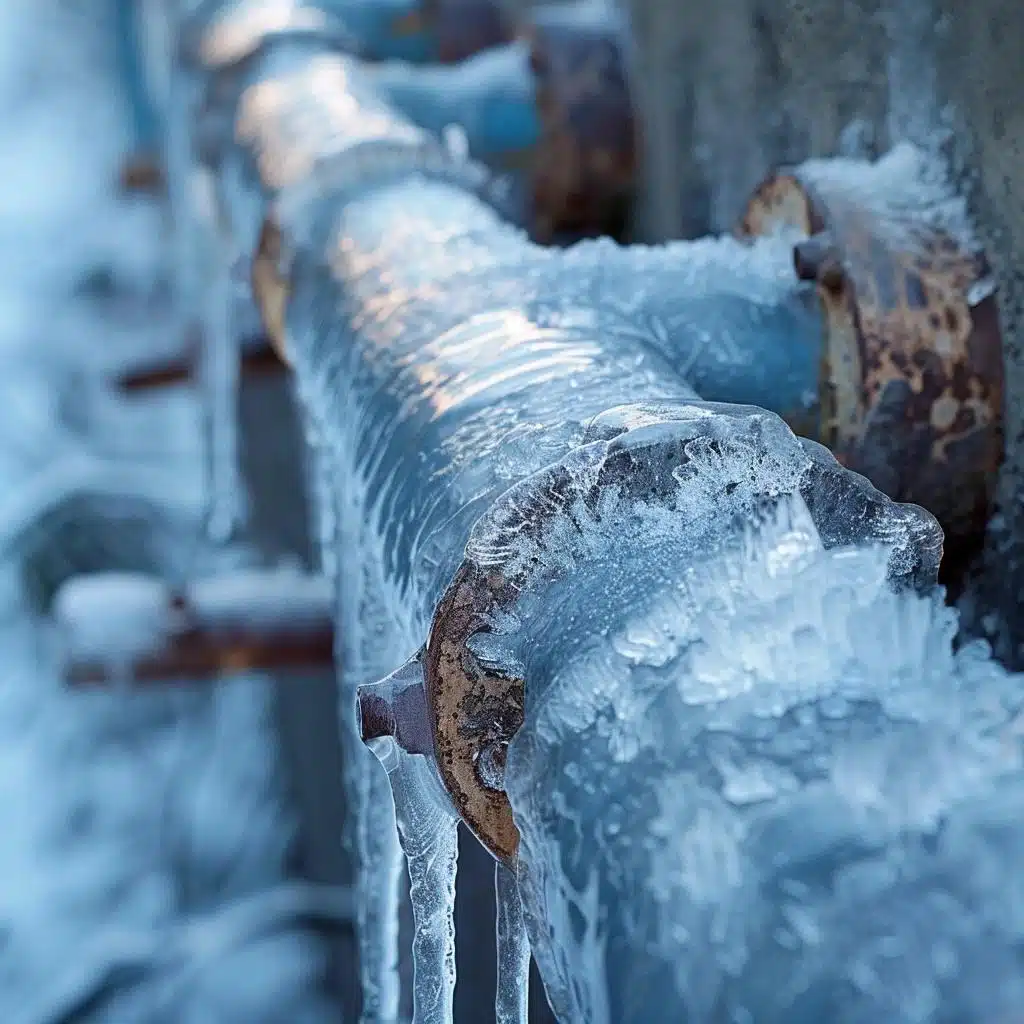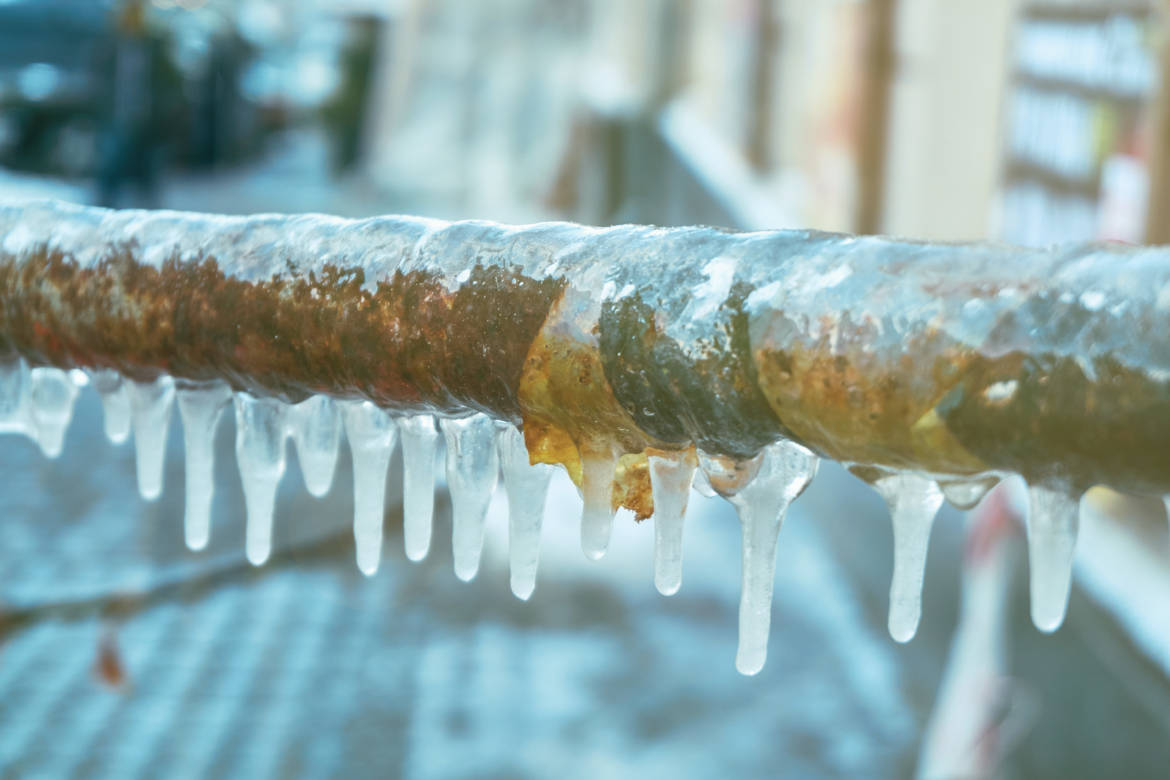This great article further down on the subject of Winter Plumbing Precautions: Preventing Frozen Pipes is extremely stimulating. You should take a look.

Cold weather can ruin your plumbing, specifically by freezing pipes. Below's just how to avoid it from occurring and what to do if it does.
Introduction
As temperatures drop, the threat of icy pipes rises, potentially bring about expensive fixings and water damages. Comprehending how to prevent icy pipes is vital for property owners in cold environments.
Avoidance Tips
Shielding susceptible pipes
Wrap pipelines in insulation sleeves or use warmth tape to protect them from freezing temperatures. Concentrate on pipes in unheated or outside areas of the home.
Home heating methods
Keep interior rooms effectively heated up, specifically areas with pipes. Open up closet doors to enable warm air to distribute around pipes under sinks.
Just how to identify icy pipelines
Try to find reduced water flow from taps, uncommon odors or noises from pipelines, and visible frost on revealed pipelines.
Long-Term Solutions
Structural changes
Consider rerouting pipes far from outside walls or unheated areas. Include added insulation to attic rooms, cellars, and crawl spaces.
Upgrading insulation
Invest in high-quality insulation for pipelines, attic rooms, and walls. Appropriate insulation helps preserve consistent temperatures and minimizes the danger of icy pipes.
Securing Exterior Plumbing
Garden tubes and exterior faucets
Separate and drain pipes garden tubes prior to winter months. Set up frost-proof spigots or cover exterior taps with protected caps.
Understanding Frozen Pipes
What creates pipelines to freeze?
Pipelines ice up when exposed to temperatures listed below 32 ° F (0 ° C) for extended periods. As water inside the pipelines ices up, it broadens, taxing the pipeline wall surfaces and potentially creating them to burst.
Dangers and damages
Icy pipes can cause water disruptions, residential or commercial property damage, and costly repair work. Burst pipes can flood homes and create substantial architectural damages.
Indicators of Frozen Pipeline
Recognizing icy pipes early can avoid them from breaking.
What to Do If Your Pipelines Freeze
Immediate activities to take
If you believe frozen pipes, maintain faucets available to relieve stress as the ice thaws. Use a hairdryer or towels taken in warm water to thaw pipelines gradually.
Verdict
Preventing frozen pipes needs positive measures and quick reactions. By recognizing the causes, signs, and preventive measures, house owners can safeguard their pipes during winter.
6 Proven Ways to Prevent Frozen Pipes and Protect Your Home
Disconnect and Drain Garden Hoses
Before winter arrives, start by disconnecting your garden hoses and draining any remaining water. Close the shut-off valves that supply outdoor hose bibs and leave the outdoor faucet open to allow any residual water to drain. For extra protection, consider using faucet covers throughout the colder months. It’s also important to drain water from any sprinkler supply lines following the manufacturer’s directions.
Insulate Exposed Pipes
Insulating your pipes is an effective way to prevent freezing. Pipe insulation is readily available at home improvement stores and is relatively inexpensive. Pay close attention to pipes in unheated areas such as the attic, basement, crawl spaces, or garage. Apply foam insulation generously to create a buffer against the cold. You can also wrap your pipes in heat tape or thermostat-controlled heat cables for added warmth.
Seal Air Leaks
Inspect your home for any cracks or openings that could let in cold air. Seal any holes around the piping in interior or exterior walls, as well as the sill plates where your home rests on its foundation. Additionally, make sure to keep your garage door closed unless you’re entering or exiting. Leaving it open creates a significant air leak that can lead to frozen pipes.
Allow Warm Air Circulation
During cold snaps, it’s essential to allow warm air to circulate evenly throughout your home. Leave interior doors ajar to promote better airflow. Open kitchen and bathroom cabinets to help distribute heat consistently around the rooms. If you have small children or pets, be sure to remove any household chemicals or potentially harmful cleaners from open cabinets for safety.
Let Faucets Drip
A small trickle of water can make a big difference in preventing ice formation inside your pipes. When temperatures drop significantly, start a drip of water from all faucets served by exposed pipes. This continuous flow helps prevent the water from freezing. Additionally, running a few faucets slightly can relieve pressure inside the pipes, reducing the chances of a rupture if the water inside does freeze.
https://choateshvac.com/6-proven-ways-to-prevent-frozen-pipes-and-protect-your-home/

Do you really like reading about Helpful Tips to Prevent Frozen Pipes this Winter? Make a short review directly below. We'd be glad to hear your opinion about this content. Hoping that you visit us again in the near future. Sharing is good. Helping others is fun. Thank you for your time. Come back soon.
Suggested Site